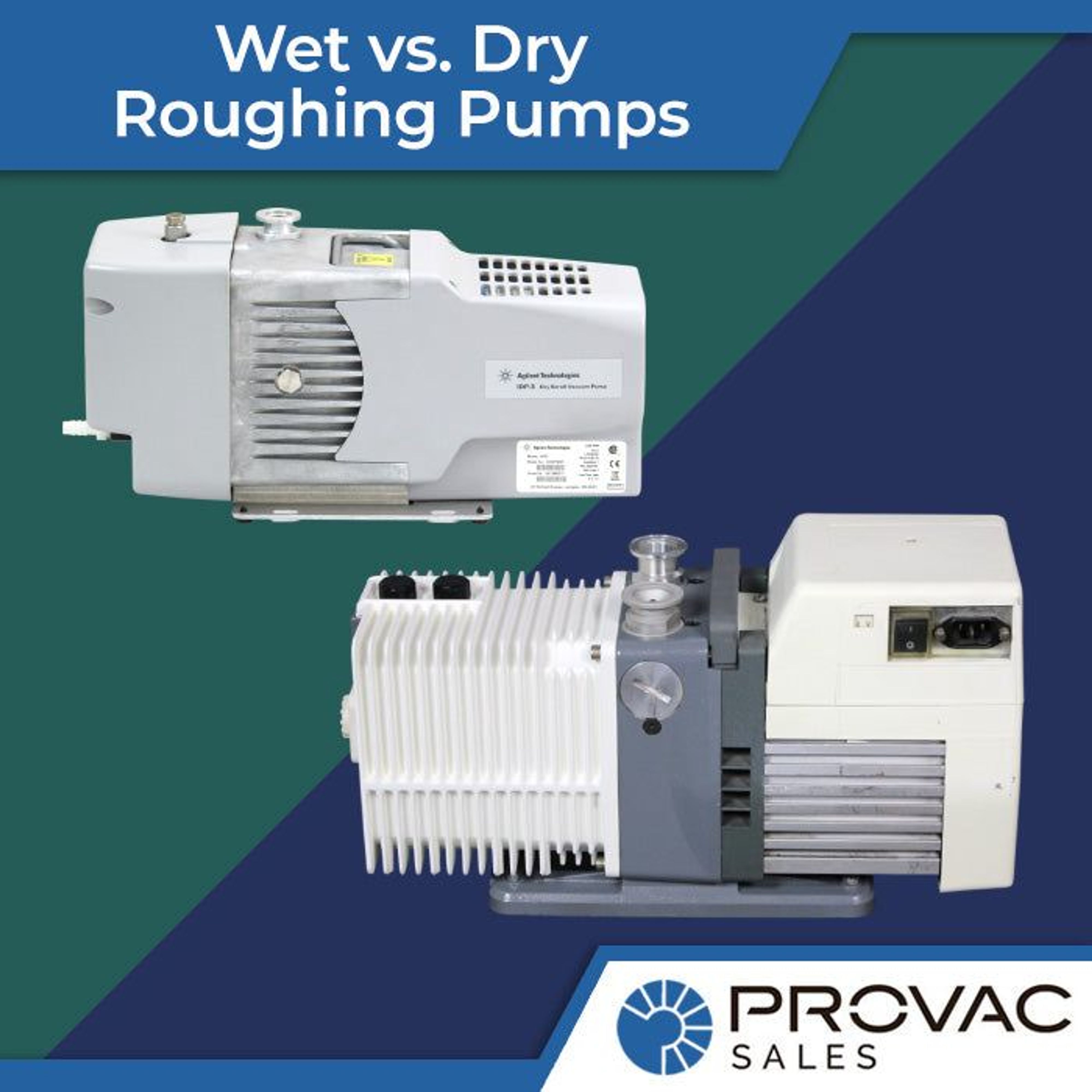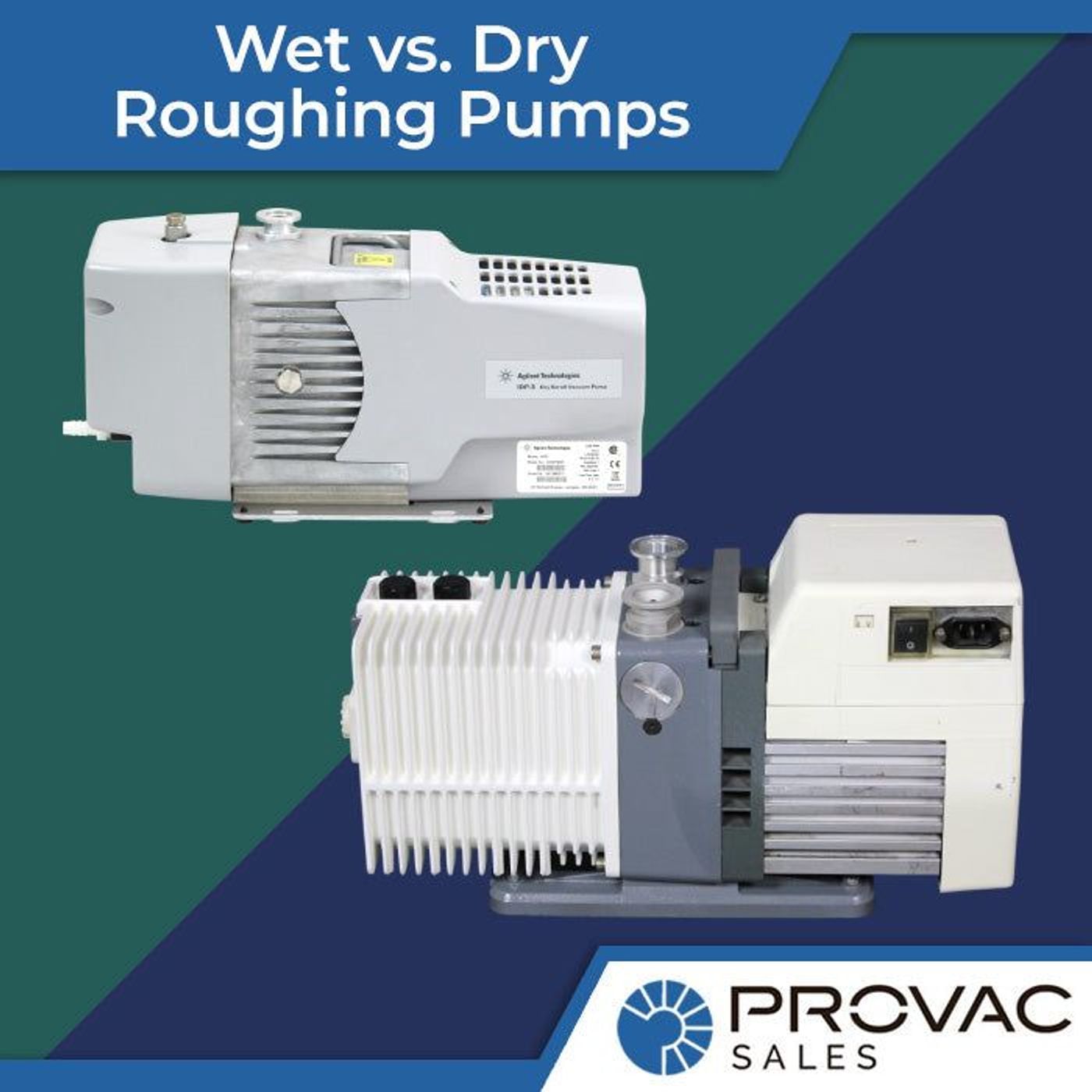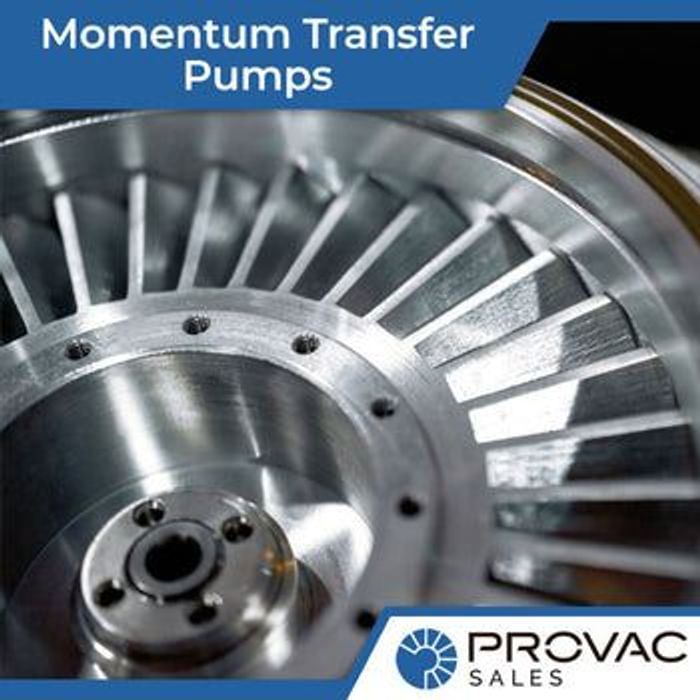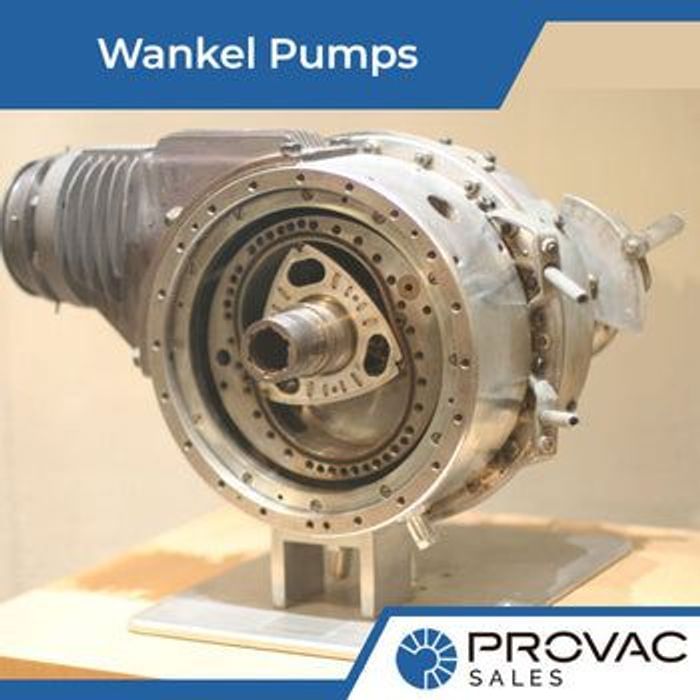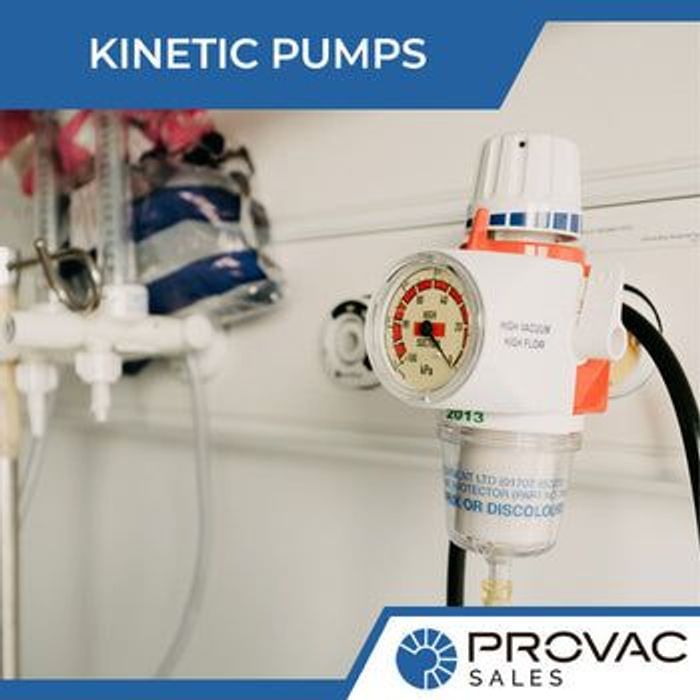The new trend in roughing pumps for the last 20 years has been to move from “wet” oil sealed piston and rotary vane pumps to “dry” oil-free screw, hook and claw, diaphragm, and scroll pumps. Many customers prefer to not use oil due to the perceived mess oil changes can cause, but there are upsides and downsides to both types of pumps. Reviewing the benefits and disadvantages for both types of vacuum pumps can give you better insight into which type would work best for your application:
Dry Pumps
Benefits:
No oil changes
Disadvantages:
Higher purchase price
Higher cost to rebuild
More propensity for major hard part damage
More sensitive to contamination (process cannot be run through many types)
More sensitive to moisture
Wet Pumps
Benefits:
Average longer lifespan in-between rebuilds
Lower purchase price cost
Lower cost to rebuild
More preventative maintenance that can be done to increase lifespan between rebuilds
Typically quieter than dry pumps
More resilient to contamination
More resilient to moisture
Disadvantages:
Oil must be changed and can be “messy”
Possibility of back-streamed oil into inlet side of pump
Have questions? Contact us today for information.
